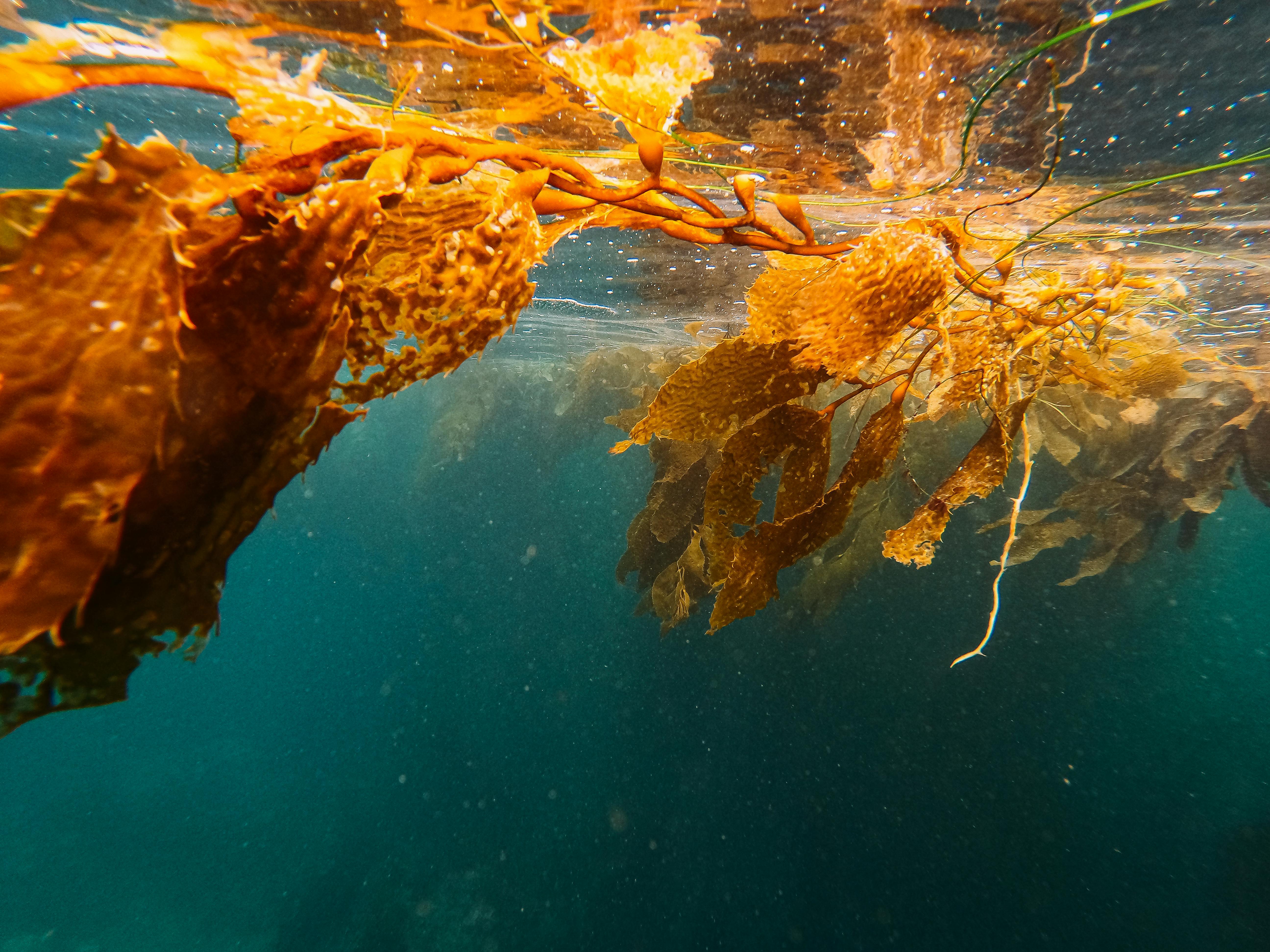
By now, you’ve probably heard the buzz about the massive sargassum seaweed bloom making its way to the Caribbean. This stinky (think rotten eggs with a slightly fishy undertone) and unsightly seaweed has been causing concern among beachgoers and vacationers. But fear not, there are ways to still enjoy your Caribbean vacation, even with the presence of sargassum. Below, we’ll explore what sargassum is, why this year’s bloom is particularly bad, which destinations are impacted, and provide some tips on how to navigate and enjoy your vacation despite the seaweed invasion.
What exactly is Sargassum?
In normal circumstances, sargassum serves as a critical habitat for various sea creatures, including small fish, crabs, mollusks, and young sea turtles. However, when sargassum blooms in excessive amounts, it can have negative effects on the ecosystem and local economies. Sargassum is large brown type of seaweed that normally floats along the ocean’s surface in the Sargasso Sea, a large area of the Atlantic Ocean between the Azores, Bermuda, and the West Indies. However, in recent years, there have been large increases in the amount of sargassum washing up on beaches in the Caribbean, Mexico, and Florida. This has caused a number of problems for tourists and residents. This year’s sargassum bloom is causing alarm due to its unprecedented size and intensity. Some of the issues caused by the unprecedented amount of sargassum washing up on beaches include:
- Blocking beaches and making it difficult or uncomfortable to swim or sunbathe
- Decomposing and emitting that foul odor mentioned above
- Attracting insects and other pests
- Harboring bacteria that can cause infections
- Damaging boats and fishing gear
The exact cause of the sargassum blooms is not fully understood, but it is thought to be a combination of factors, including climate change, agricultural runoff, and pollution. The blooms are expected to continue in the future, so it is important to be aware of the issue if you are planning a vacation to the Caribbean or Florida.
Here are some of the destinations that are impacted by sargassum seaweed:
- The Caribbean islands, including Barbados, Antigua, St. Lucia, and the Dominican Republic
- The Gulf of Mexico, including Florida, Mexico, and Cuba
- The Atlantic coast of the United States, including Florida, North Carolina, and South Carolina
It’s important to note that not all beaches within these regions are equally impacted. Some beaches may remain relatively sargassum-free, while others may experience heavy accumulations. Sargassum tends to accumulate on windward/eastward facing beaches, as that is the direction from which it approaches with the wind and currents. By remaining flexible and actively searching for sargassum-free beaches, you can increase your chances of finding pristine shorelines. It’s essential to stay informed, ask locals for recommendations, and use online resources like webcams and https://www.sargassummonitoring.com/ to get real-time updates on the beach conditions.
If you are concerned about sargassum seaweed, there are a few things you can do to minimize your chances of being affected:
- Check the weather forecast and news reports before you travel to see if there are any sargassum blooms in the area.
- Choose a beach that is known to be less affected by sargassum.
- Pack a mask and snorkel so you can explore the underwater world without having to worry about the seaweed.
- Be prepared for the possibility of a strong odor.
- Check out this fantastic resource for real time monitoring of sargassam in the in the area you’re interested in https://www.sargassummonitoring.com/
- Book a resort with beautiful pools to enjoy if the beach is overrun (we love Xcaret in Mexico and Baha Mar and Atlantis in the Bahamas)

Image Source: Pexels
